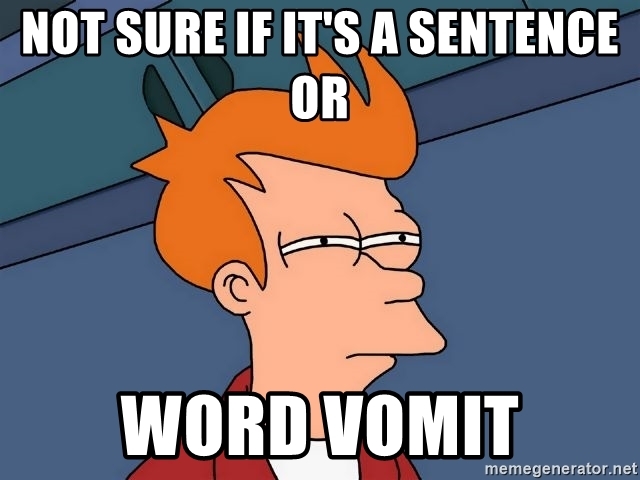Literary Pet Peeves
Lucy (Editor)
Whether they are issues with the writing, characters or plot, we all have those little (sometimes big!) annoyances that have us rolling our eyes, tossing our books out the window and yelling “NO!”
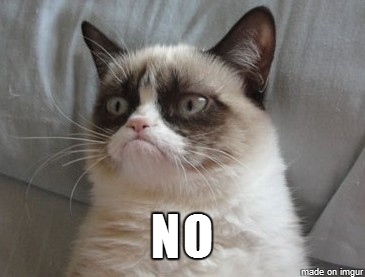
Here are some of our not-so-favourite peeves, but we want to hear yours! Comment or tag @PanteraPress with your number one literary pet peeve! #LiteraryPetPeeves
- Love triangles where we don’t understand what the characters see in each other.
Don’t get us wrong, we love a good love triangle! But when the triangle’s only there to give the love story a shape, it’s a bit, um, pointless, and not really acute story.
2. Overwriting.
Readers are intelligent and can read between the lines. They don’t need to be told the same thing ten times. Compare:
A. She moved her eyes away from looking at the detective and turned her gaze towards the grass, where she then focused her line of sight on the body, before bending to get a closer look.
B. She turned away from the detective and bent to inspect the body in the grass.
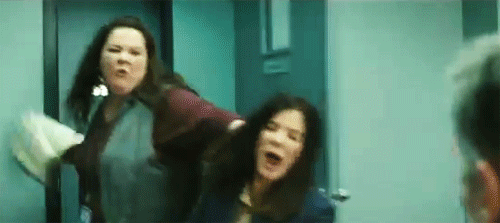
- When a character is a vehicle for the author’s bias.
When a character has no other reason to hate grapes other than that the author obviously doesn’t like grapes.
- Painful dialogue.
This is actually two peeves in one: too much unnecessary dialogue and too many dialogue tags!
“Hello,” I said.
“Oh, hi,” she briskly proclaimed. “How are you?”
“I am well, thank you for asking,” I asserted fervently and with fervour.
“That’s good to hear,” she enthusiastically verbalised.
“Perhaps we could talk about something relevant to the plot now?” I enunciated purposefully.

- ‘Women’s fiction’.
We don’t hate women’s fiction. In fact, we love it! The term just peeves us. Does it mean that men shouldn’t read it? Does it mean that men shouldn’t write it, or that they can’t relate to a story about a woman’s journey? Books about a man’s personal journey and the issues he faces are labelled simply as fiction, or literary fiction, not ‘men’s fiction’.
The term undermines the quality of the work, similar to the way chick-lit has become a generic term for pink books with no substance. The books we classify as women’s fiction are often amazing stories written by extremely talented writers and are relatable to everybody. We love the books, just not the label!
- People who’ve never tried to write a book yet still feel entitled to hate on Dan Brown.

- When character names all start with the same letter.
You’re reading a mystery with at least thirty characters and you’re like, I can’t remember who Matt is, but based on the fact that he’s talking to Max and claims to know Mark, I can only deduce that Matt is probably the murderer.
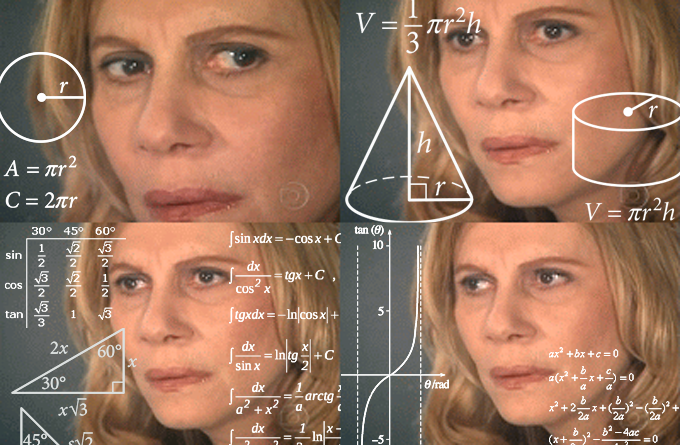
- Saying ‘should of’, ‘could of’ and ‘would of’ instead of ‘should have’, ‘could have’ and ‘would have’.
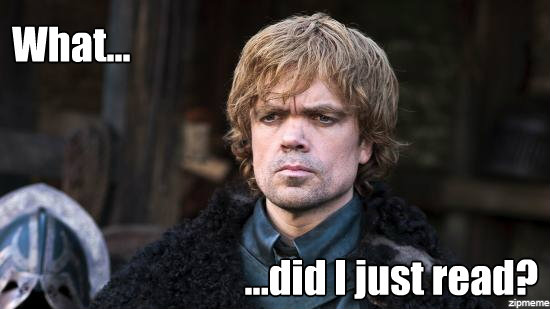
- Books that open with a dream.
We’ve all been there. You know what I’m talking about.
- When it looks like the author swallowed a thesaurus before writing the book.
I know Kindles come with the ability to look up words, but I don’t keep a dictionary handy when I’m reading.
